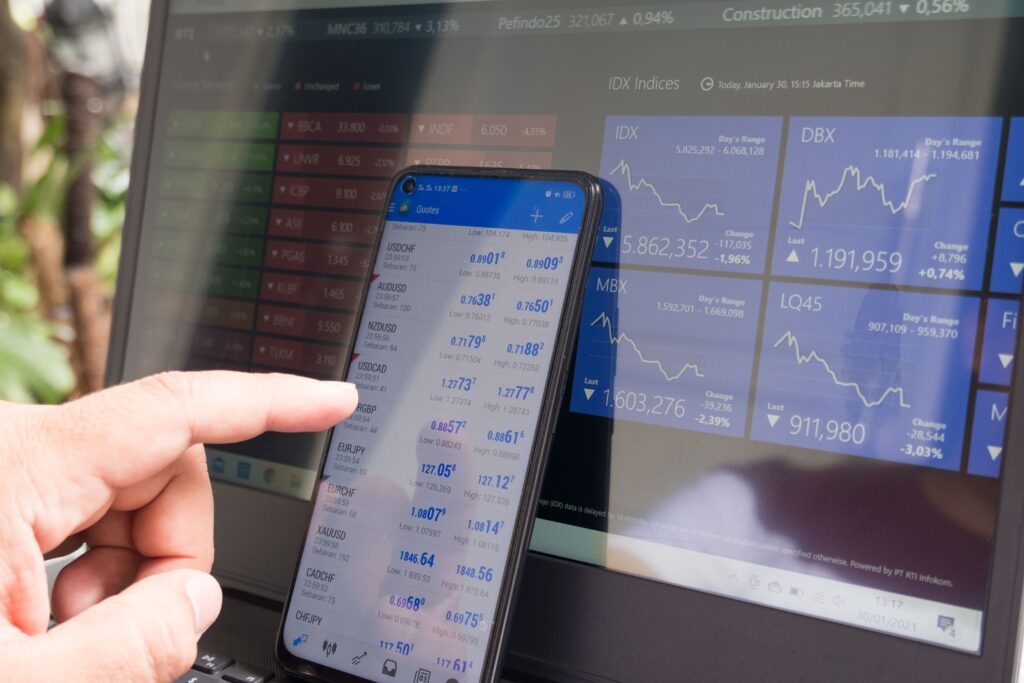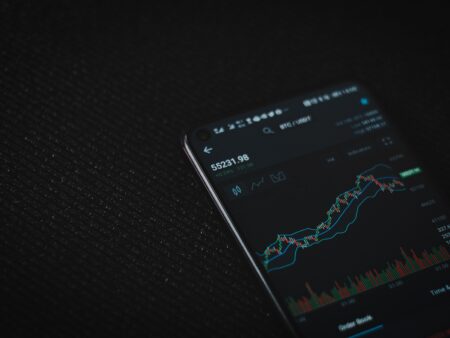Investing and trading are two distinct approaches to capitalizing on financial markets, each with its own set of characteristics, strategies, and goals. In this article, we’ll explore the differences between CFD (Contract for Difference) trading and traditional investing, helping you understand when and why you might choose one over the other.
CFD Trading vs. Traditional Investing: Understanding the Differences

CFD Trading: A Brief Overview
CFD trading is a form of derivatives trading where traders speculate on the price movements of various assets without actually owning them. Instead, they enter into contracts with brokers to settle the difference between the asset’s price at the contract’s initiation and its price at the contract’s close.
Traditional Investing: A Brief Overview
Traditional investing involves purchasing and owning assets, such as stocks, bonds, real estate, or mutual funds, with the expectation of generating income or capital appreciation over time. Investors typically take a longer-term approach and focus on fundamental analysis to evaluate an asset’s intrinsic value.
Key Differences Between CFD Trading and Traditional Investing:
- Ownership:
- CFD Trading: CFD traders do not own the underlying asset. They profit from price changes without holding any physical shares or assets.
- Traditional Investing: Investors own the underlying assets, giving them voting rights and potential dividend income.
- Duration:
- CFD Trading: CFD traders can engage in short-term trading, taking advantage of both rising and falling markets.
- Traditional Investing: Investors usually have a long-term perspective, holding assets for years or even decades.
- Leverage:
- CFD Trading: CFDs allow traders to use leverage, magnifying both potential profits and losses.
- Traditional Investing: Traditional investors typically do not use leverage, relying on their own capital.
- Costs:
- CFD Trading: CFD traders may incur costs such as spreads, commissions, and overnight financing fees.
- Traditional Investing: Traditional investors may pay fees, including brokerage commissions, management fees for funds, and, in some cases, taxes.
- Risk Management:
- CFD Trading: Risk management is crucial in CFD trading due to the potential for large losses. Stop-loss orders and position sizing are common risk control methods.
- Traditional Investing: Investors mitigate risk through diversification and a long-term perspective.
- Market Access:
- CFD Trading: CFDs provide access to a wide range of markets, including stocks, indices, commodities, and cryptocurrencies.
- Traditional Investing: Traditional investors typically focus on specific asset classes and markets.
When to Choose CFD Trading or Traditional Investing:
- Choose CFD Trading If: You prefer short-term trading, want to profit from falling markets, seek leverage for potential higher returns, and are comfortable with the risks associated with derivatives trading.
- Choose Traditional Investing If: You have a long-term investment horizon, want to own physical assets, value dividend income and voting rights, and prioritize wealth preservation over short-term gains.
Conclusion:
CFD trading and traditional investing are distinct approaches to financial markets, each with its own advantages and risks. Your choice between the two should align with your financial goals, risk tolerance, and trading or investing style. Regardless of your preference, a well-informed and disciplined approach is essential for success in either path.









